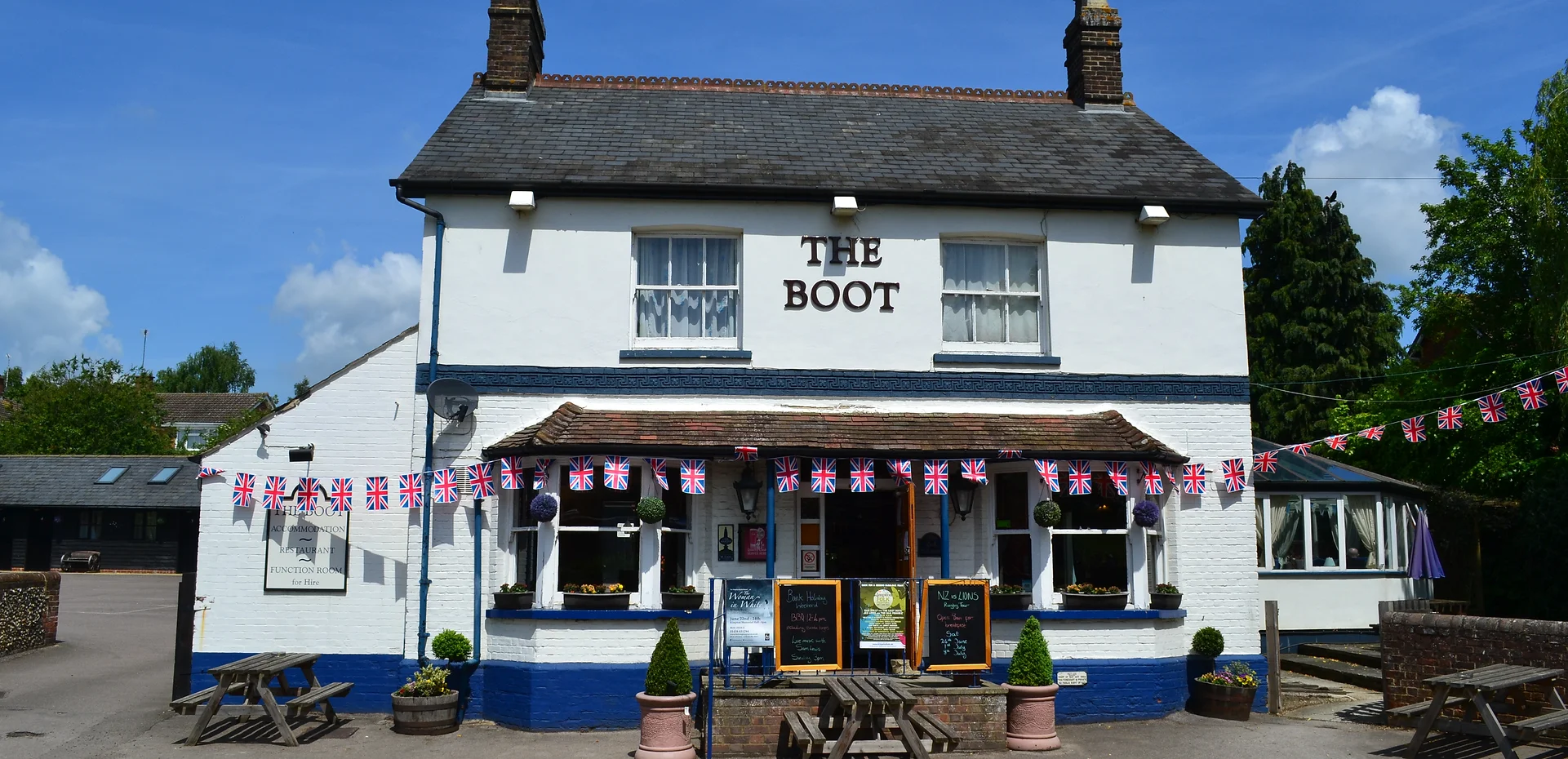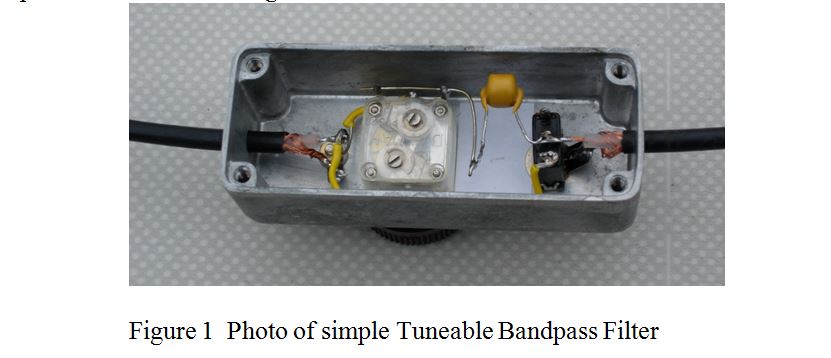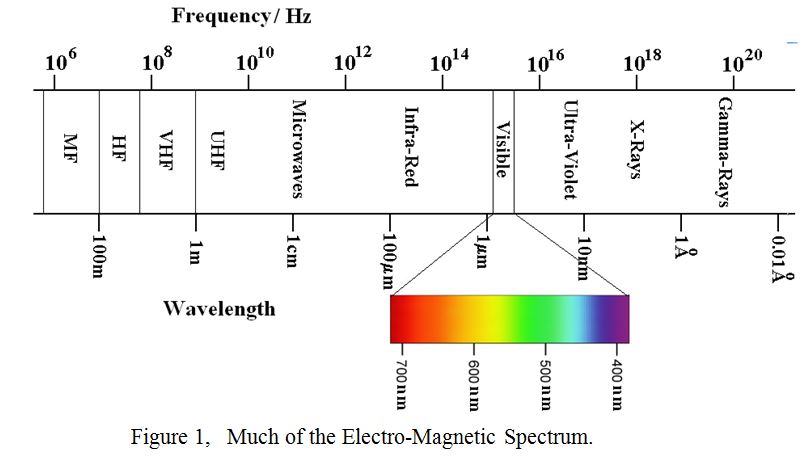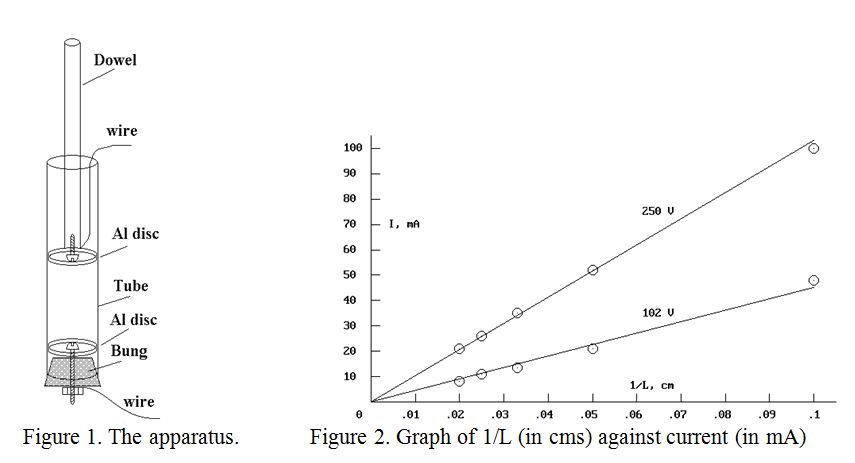DX News
Chris, WA7RAR will be active as 8P9CB from Barbados, NA-021, until the 25th of January. Most of his operations will be portable at various locations, especially Parks on the Air sites. He will be QRV on the 20 to 10m bands using CW and SSB. QSL via Logbook of the World, or directly to WA7RAR. … Read more








